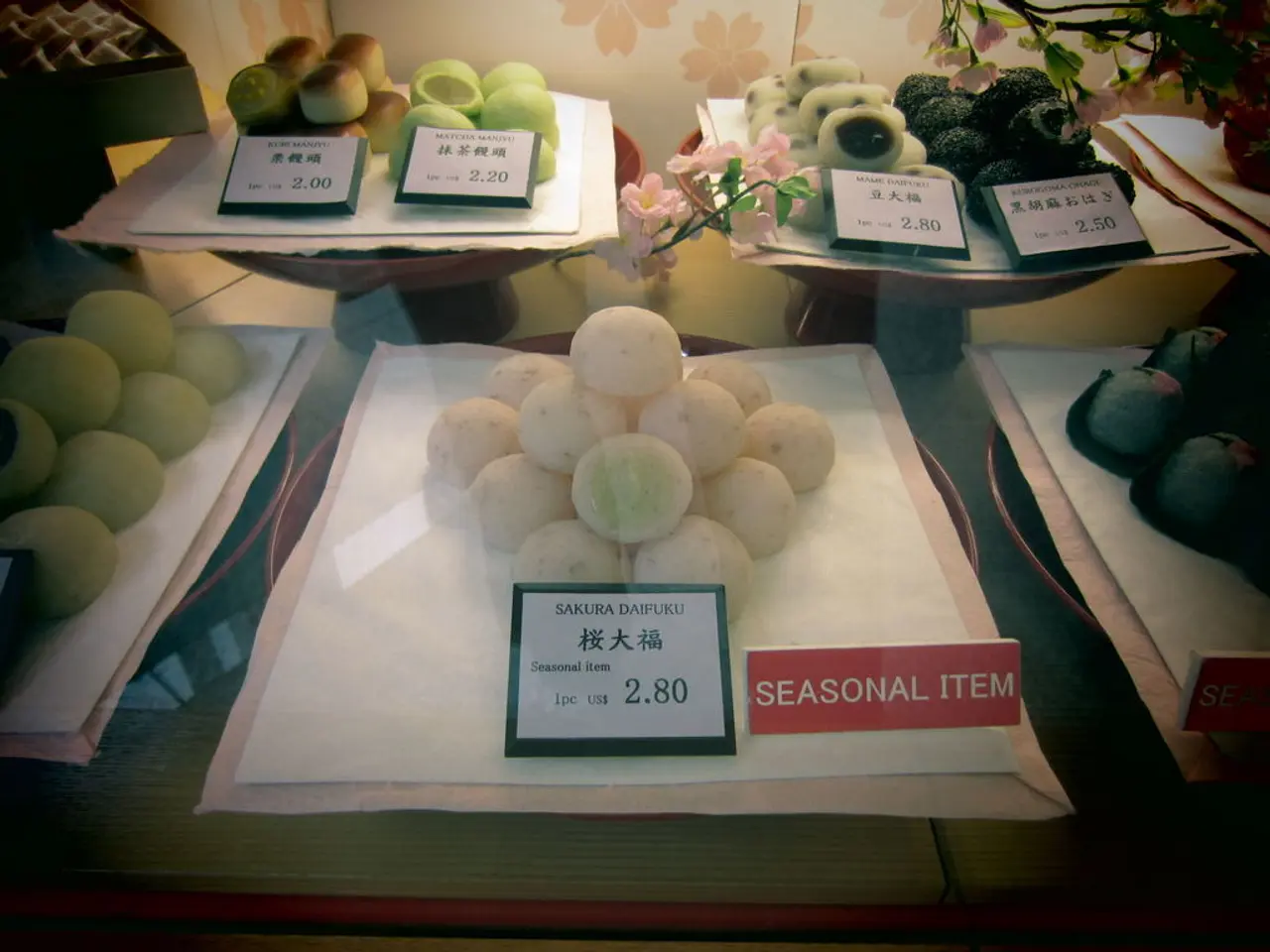The Impact of Perception on Value: An Economic Perspective on Design Influence
In the realm of consumer behaviour, a fascinating phenomenon known as the Endowment Effect has emerged as a significant influence. This effect, first demonstrated by economists Daniel Kahneman, Jack Knetsch, and Richard Thaler in a 1990 experiment at Cornell University, suggests that people tend to value a product more once they own it than they would if they didn't.
The Endowment Effect is not a new concept, but it continues to intrigue researchers due to its far-reaching implications for product design and user behaviour. In a classic experiment, participants were given a coffee mug and asked how much they would sell it for. Those who did not receive a mug were asked how much they would pay to buy one. The owners set prices about twice as high as the buyers were willing to pay, demonstrating that ownership increases perceived value.
This finding, which has been widely replicated across various goods, suggests that the Endowment Effect is more than just an abstract economic concept. Neuroimaging studies using fMRI have linked the Endowment Effect to activity in the brain's reward system, indicating that emotional and neural processes play a crucial role.
The Endowment Effect interacts with other biases such as loss aversion and status quo bias, making it harder for people to give up owned items. This entanglement explains why ownership leads to valuing a product more and resisting change.
Understanding the Endowment Effect can help designers and marketers strategically harness or manage it to boost product adoption and user retention. Creating a sense of ownership, even briefly, can increase user valuation and attachment to a product. Offering a free trial can make users more likely to pay for a product after the trial, as they may value it more due to the Endowment Effect.
However, it's important to note that the Endowment Effect only applies if the product is perceived to have value to the user in the first place. Businesses may design policies and strategies that encourage ownership feelings early on, such as free trials or customizable products, to capitalise on the increased value users assign to what they feel they own.
From a behavioural economics perspective, recognising how emotional attachment influences decisions can help users and policymakers mitigate irrational overvaluation, leading to more rational consumer choices and market functioning.
While the Endowment Effect may seem counterintuitive, it is a robust phenomenon that continues to shape our understanding of consumer behaviour. As we delve deeper into its psychological and evolutionary roots, we can expect to uncover even more insights into how we make decisions and interact with the products around us.
The Endowment Effect, which is closely related to UI design, can influence a user's perceived value of a product. For instance, offering a free trial can make users feel a sense of ownership, increasing their valuation and attachment to the product, a strategy that businesses might employ in the realm of finance and business.




